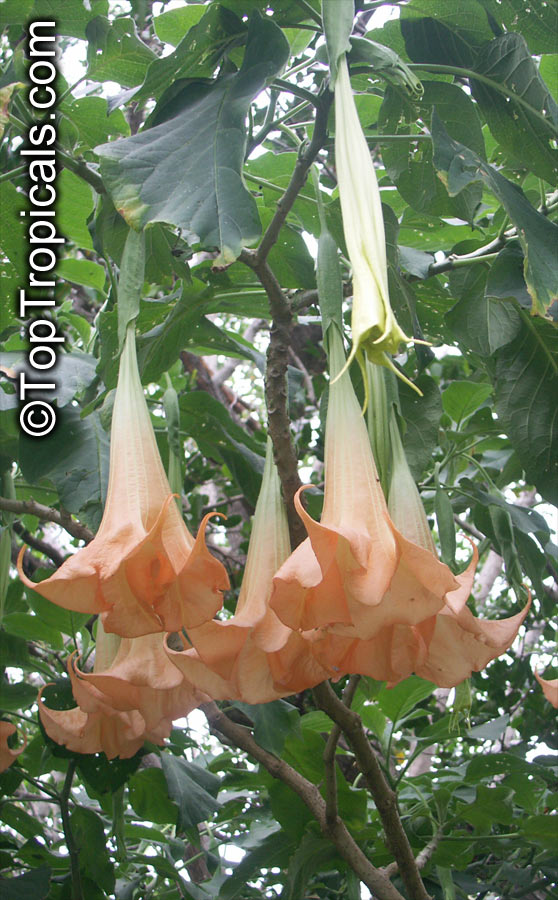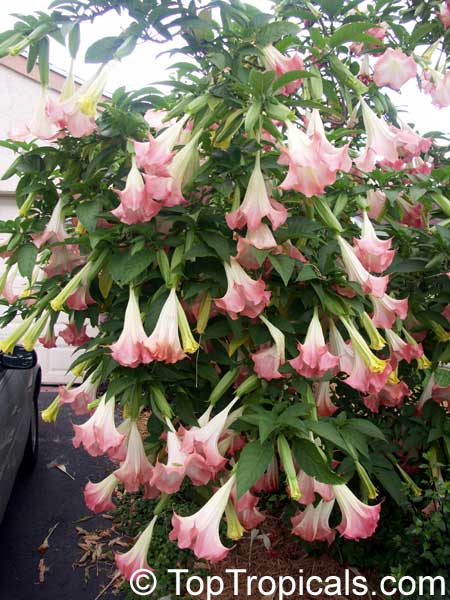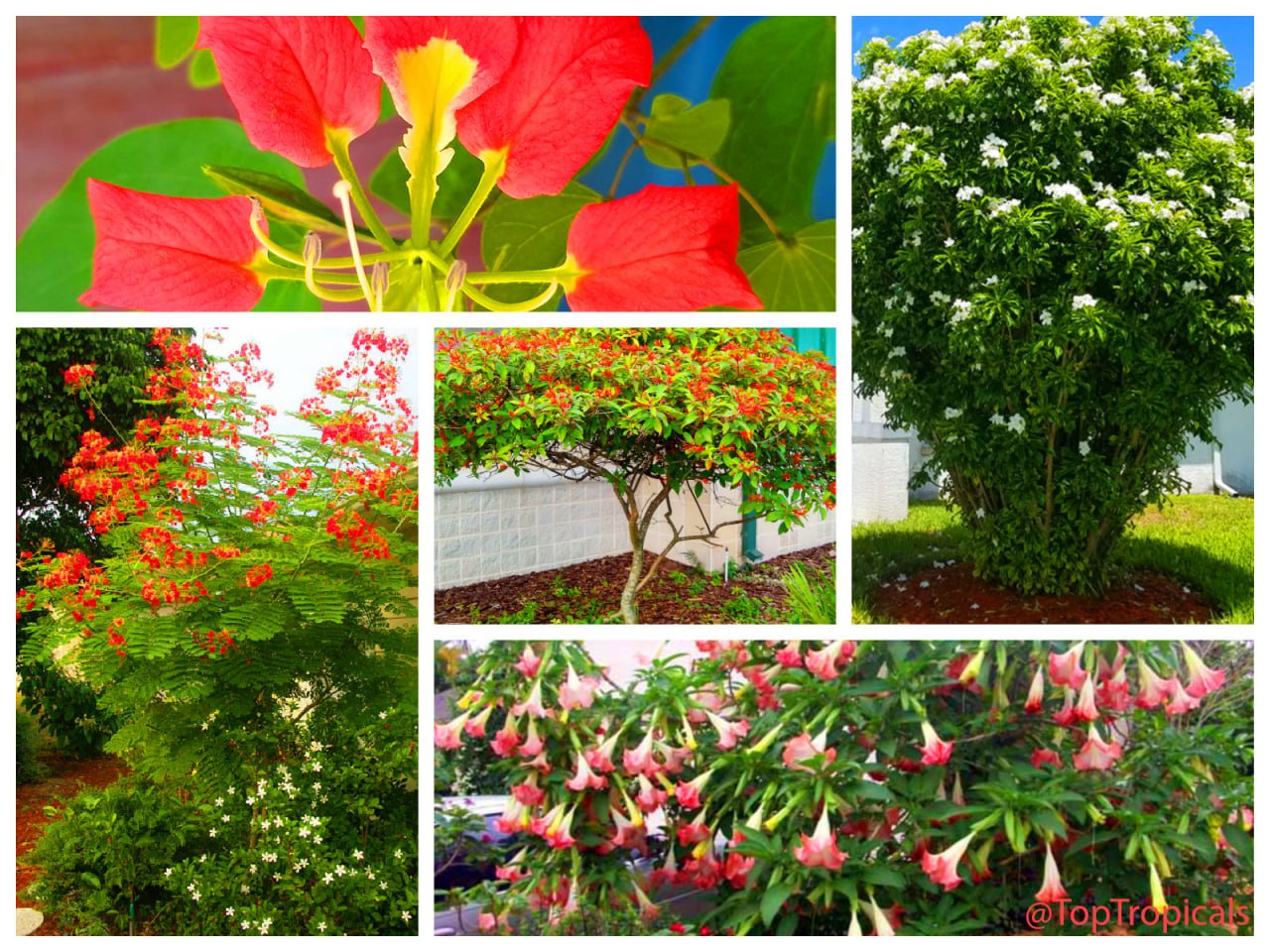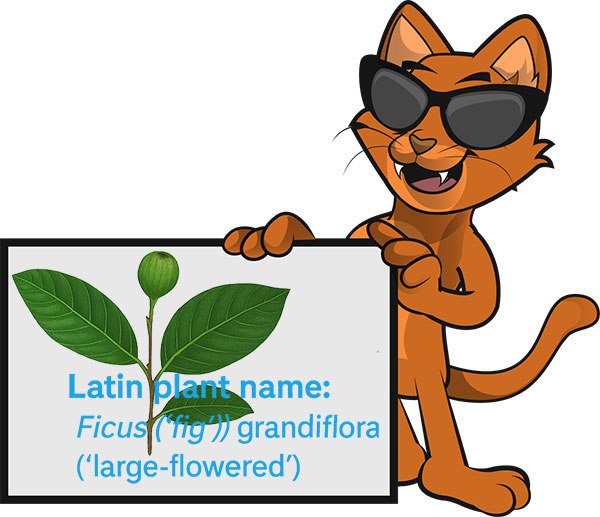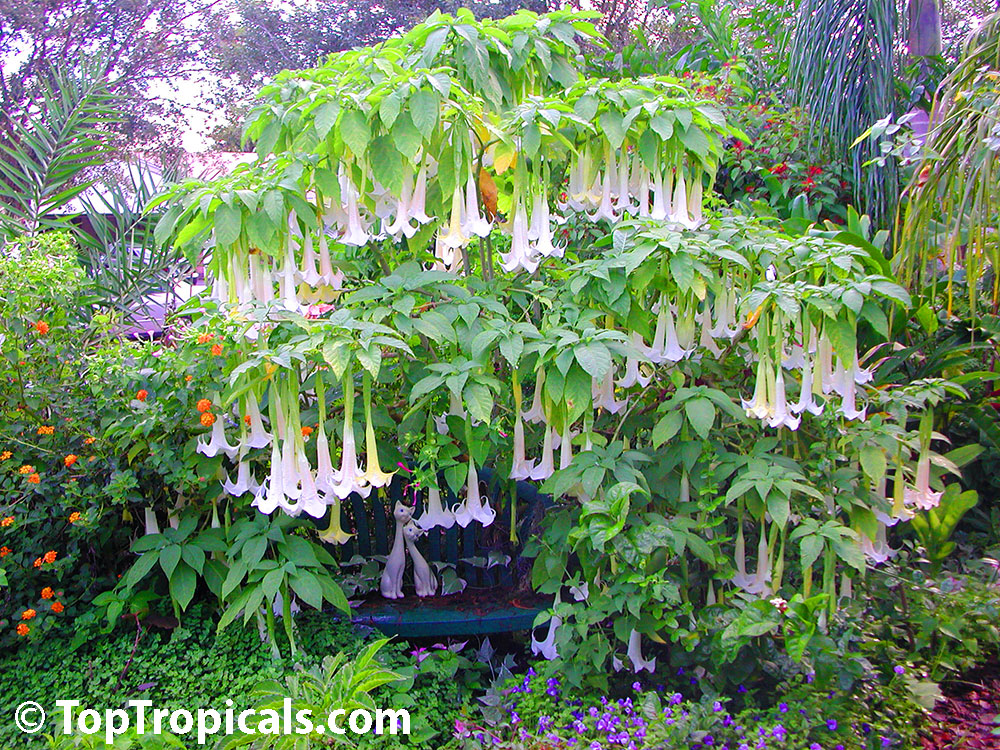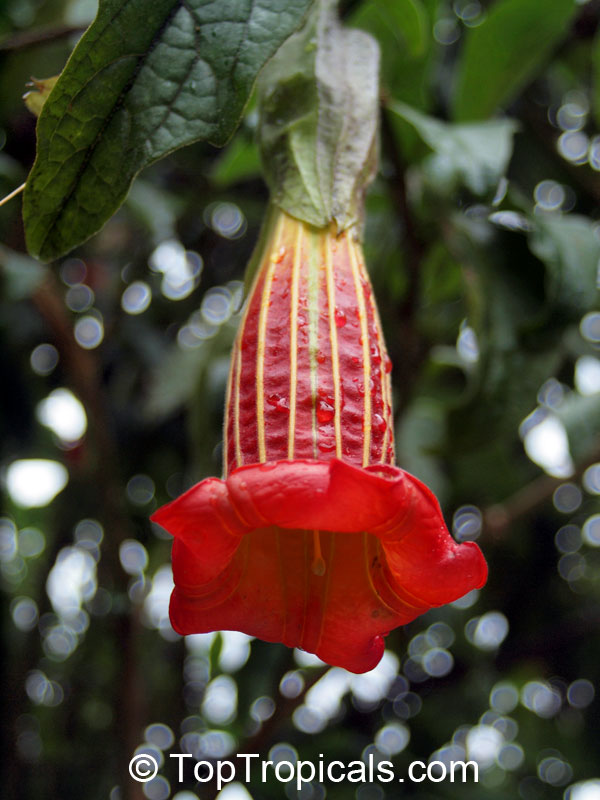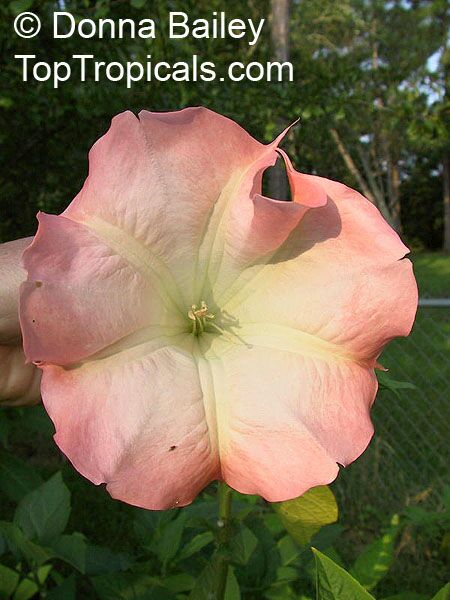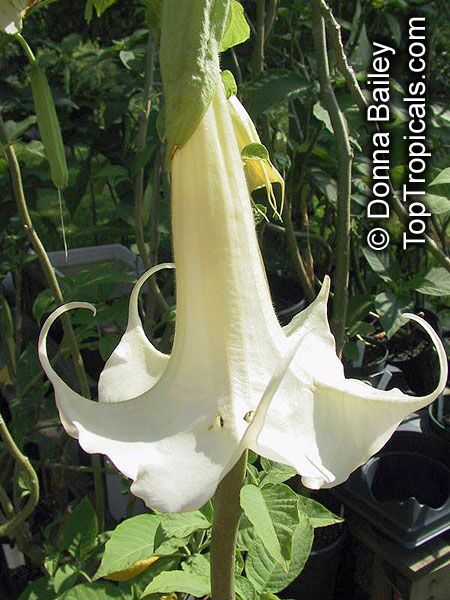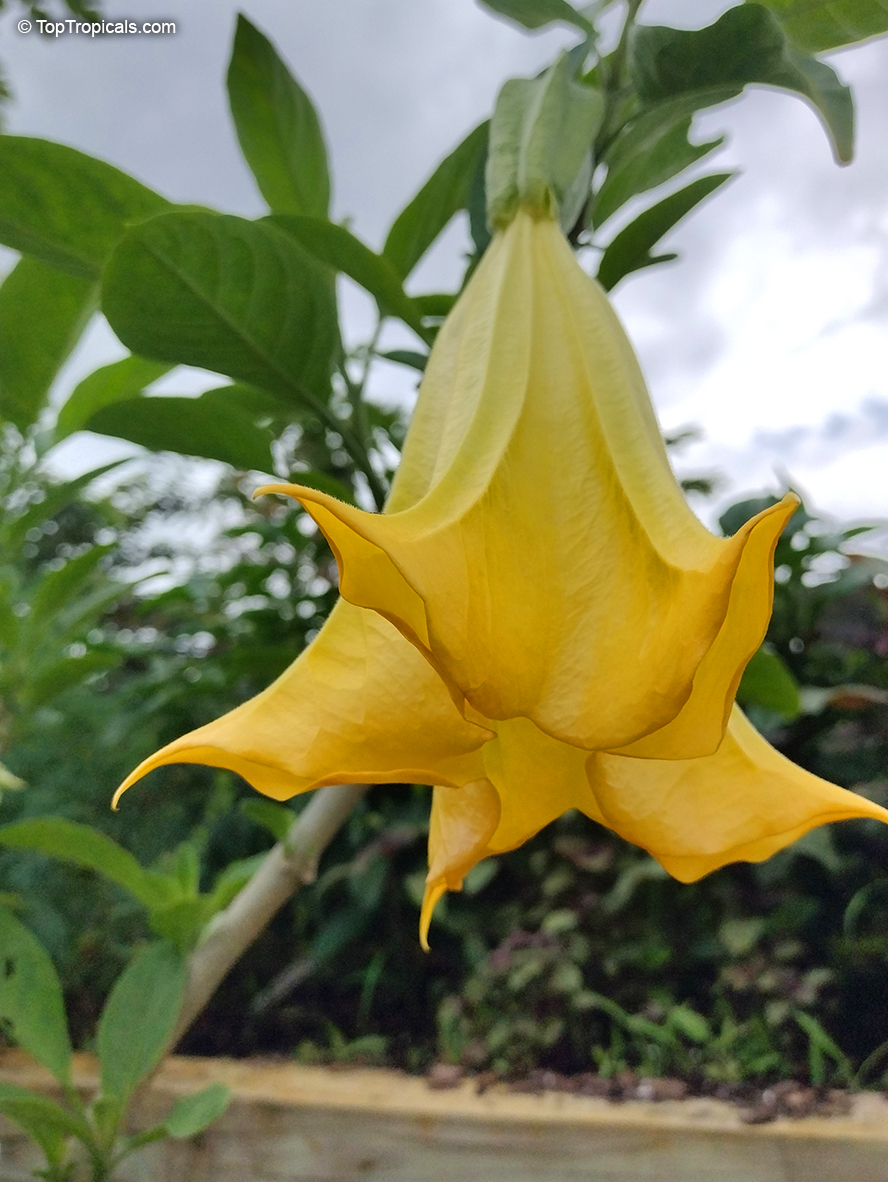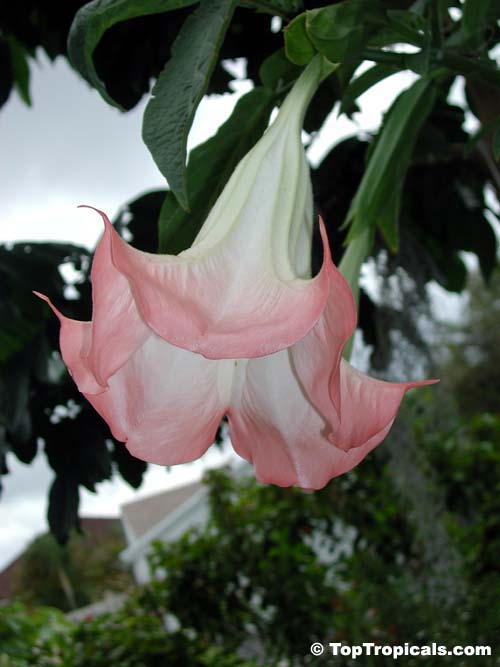What flowers do NOT attract bees?
Butterfly on a flower that doesn't attract bees
Most tropical flowers bring in pollinators, and bees are usually first in line. But what if you’d rather avoid them? Maybe you’re allergic, or just don’t want bees buzzing around. Good news: some flowers attract butterflies, hummingbirds, moths, or even flies - but not bees.
- 👉 Quick rules:
- ✔️ Night-blooming + strong fragrance = moths or bats, not bees.
- ✔️ Red tubular flowers with little scent = hummingbirds or butterflies, not bees.
- ✔️ Rotten or fermented smell = flies, not bees.
- ✔️ Carnivorous plants = trap insects, no bee nectar.
1. Night-blooming, fragrant - moth and bat flowers
Bees forage by day, so many night-fragrant flowers skip them.
- ▫️Brugmansia - Angel’s Trumpet - big, hanging blooms, moth and bat pollinated.
- ▫️Cestrum nocturnum - Night-blooming Jasmine - powerful night scent, moths only.
- ▫️Hylocereus Dragon Fruit - huge cactus flowers, bats and moths.
- ▫️Brunfelsia - Lady of the Night - sweet fragrance at dusk, no bee interest.
- ▫️Hibiscus - hummingbirds and butterflies visit, bees less so.
- ▫️Heliconis and Gingers - designed for hummingbird beaks, bold tubes are for birds, not bees.
- ▫️More good picks: Ruellia, Sanchezia, Aeschynanthus, Aphelandra, Anisacanthus, Cuphea, Fuchsia, Iochroma, Justicia, Lonicera, Hamelia, Russelia, Odontonema, Tecomaria, Bougainvillea.
- ▫️Amorphophallus (Voodoo Lily) - rotting meat scent.
- ▫️Tacca (Bat Head Lily) - spooky black flowers, fly-pollinated.
- ▫️Stapelia (Carrion Flower) - also fly-pollinated.
- ▫️Aristolochia (Pelican Flower) - giant, bizarre fly-traps.
- ▫️Vanilla orchid - its natural bee pollinator is absent in most regions, so no bee appeal elsewhere.
- ▫️Brassavola nodosa and others - open at night for moths, not bees.
- ▫️Nepenthes (Pitcher Plant) - uses pitchers of liquid to lure and digest insects.
2. Hummingbird and butterfly flowers
Bees don’t see red well. Tubular reds, oranges, and yellows usually go to birds and butterflies.
3. 🐱 Fly-pollinated oddballs
Some flowers smell bad to us but irresistible to flies.
4. 🌸 Specialized orchids
Not all orchids rely on bees. Many use moths, butterflies, or beetles instead.
5. 🕷 Bonus: carnivorous curiosities
Carnivorous plants don’t offer nectar. They trap insects instead, so bees stay away.
These flowers keep the beauty, fragrance, and wildlife appeal - but without making your garden a bee hotspot.
🛒 Explore butterfly attractors
#Butterfly_Plants #How_to #Discover
🟢 Join 👉 TopTropicals
